State Bank targets lower rates
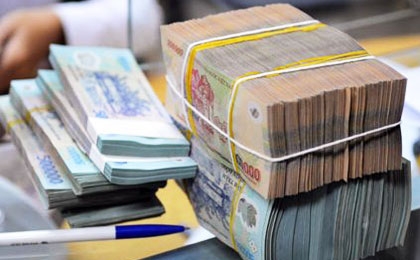
illustration photo
Do Thi Nhung, deputy head of the SBV's Monetary Policies Department, made the statement at a conference to discuss capital solutions for small- and medium-sized enterprises (SMEs) in Vietnam in Hanoi on April 6.
Nhung said the monetary policies will remain under control. "We will reduce the interest rate by 1 per cent every quarter if the macro economy is favourable," she said, adding that the SBV targeted to lower the annual interest rate to 10-11 per cent, bringing the lending interest rate lower.
She said the SBV will ensure control on money supply at a reasonable level, supporting liquidity at commercial banks and increasing the total payment means to 14-16 per cent.
It will also adjust credit growth targets at credit organisations to retain the rate at 15 to 17 per cent this year.
Nhung affirmed that the SBV will continue to supply capital through open market operations (OMO) and refinance operations to support liquidity at commercial banks alongside flexible monetary policies to help SMEs access loans.
She proposed that commercial banks reduce business costs to create favourable conditions for reducing the interest rate, restructuring debts or reducing the interest rate at enterprises that have coped with difficulties and increase the proportion of mid- and long-term loans.
"The SBV has considered to provide a suitable lending proportion to businesses, organisations and individuals which have not been given priority to access to loans for consumption and buying houses," she said.
She added the SBV had allowed people who borrowed money to buy and build low-income houses to access loans at the beginning of this year.
Nguyen Thi Mui, director of the Vietnam Bank for Industry and Trade (Vietinbank)'s Human Resource Development and Training School, said the number of SMEs in Vietnam accounted for 97 per cent of the total while those in developed countries was 90 to 95 per cent.
Vietnamese SMEs have provided jobs for a half of the economy's labourers, contributing 40 per cent to annual GDP.
"However, their ability to access loans was only 30 per cent due to limited financial capacity," Mui said.
Statistics from the Ministry of Planning and Investment's General Statistics Office showed that the proportion of SMEs with charter capital of less than VND5 billion (US$240,400) was in the majority. Most businesses had small production capabilities, backward technology and limited finances.
She said 2012 will be a tough year for SMEs as, according to the competitive index released at the World Economic Forum, Vietnam's competitiveness in integration had exposed shortcomings.
"In addition, a lack of market information has created difficulties," she added.
A recent survey conducted by the Vietnam Chamber of Commerce and Industry showed that 26 per cent of surveyed businesses had coped with the issue.
Mui said several credit organisations had no trust in SMEs, creating difficulties in accessing loans, which often required mortage assets.
"Commercial banks should combine different products as a condition to lower the lending interest rate," she said, adding that they could apply a financial leasing model to access capital.
The director added that SMEs should improve finance and administrative management to gain trust from banks while being active in building suitable investment plans.
She recommended Government improve factors of institution and infrastructure, which could help enterprises reduce costs, promoting private investment.
What the stars mean:
★ Poor ★ ★ Promising ★★★ Good ★★★★ Very good ★★★★★ Exceptional
Related Contents
Latest News
More News
- Considerations to be made in light of US vote outcome (November 25, 2024 | 14:00)
- HDBank in triple victory at listed company awards (November 25, 2024 | 11:38)
- Malaysia's Solarvest and Finhero launch first solar financing fintech solution in Vietnam (November 22, 2024 | 19:50)
- SHB honoured at VLCAs for fourth time (November 22, 2024 | 19:08)
- Central Bank of Cuba chief visits Hanoi to work with VBSP (November 22, 2024 | 15:49)
- Credit sees steady growth towards year-end (November 21, 2024 | 17:46)
- HDBank wins three titles at Vietnam Listed Company Awards (November 21, 2024 | 10:01)
- VLCA’s corporate governance mission (November 21, 2024 | 10:00)
- The promotion of ESG via banking (November 21, 2024 | 09:32)
- Standard Chartered committed to Vietnam’s financial success (November 21, 2024 | 09:24)




 Tag:
Tag:

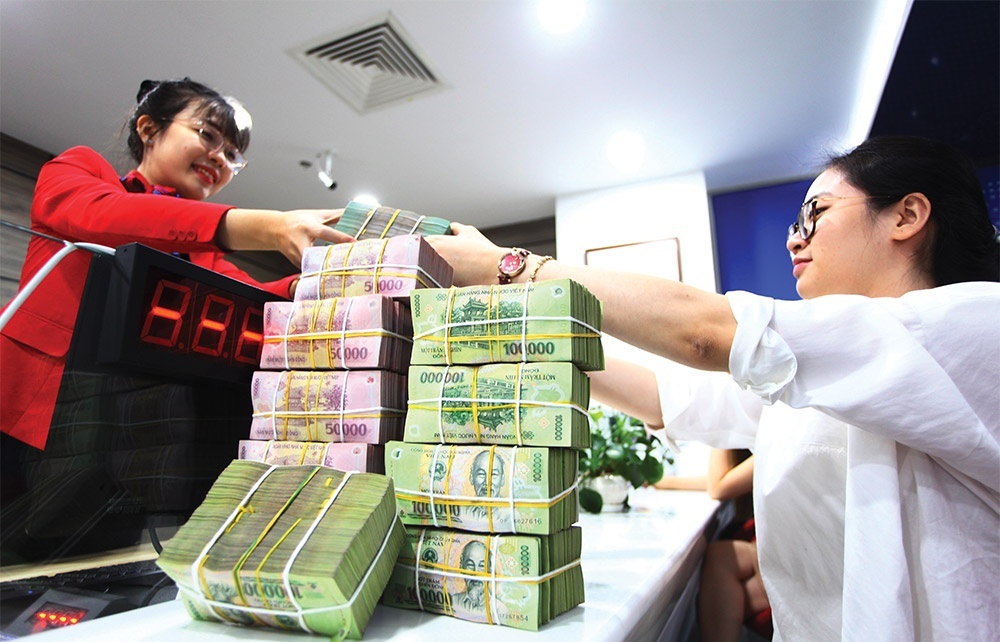


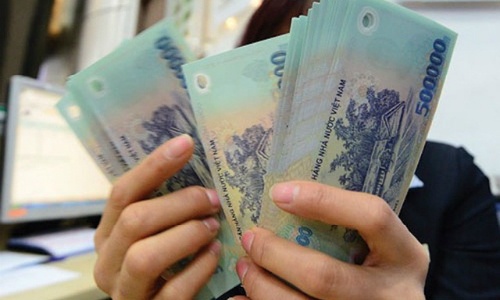

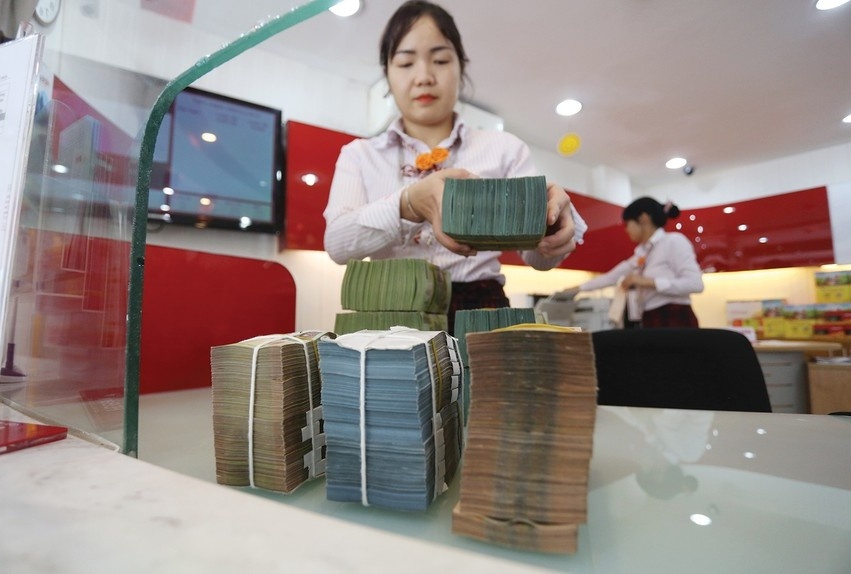



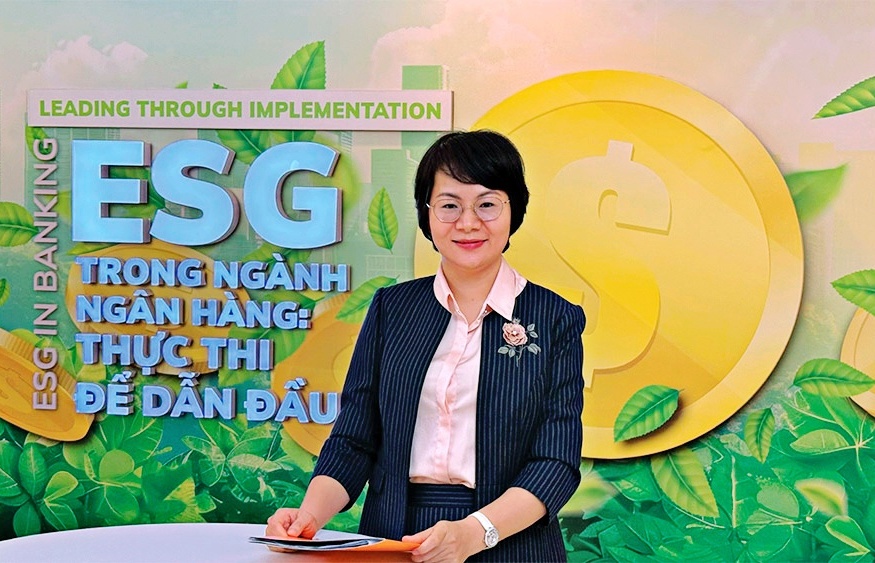





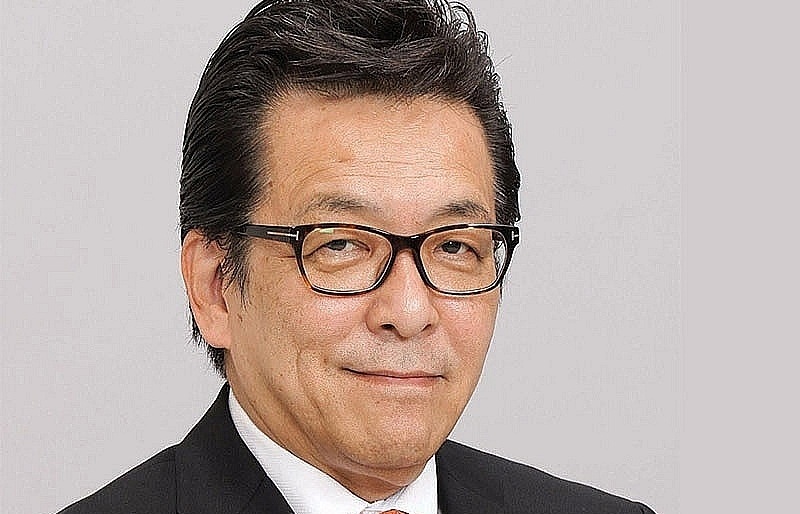



 Mobile Version
Mobile Version